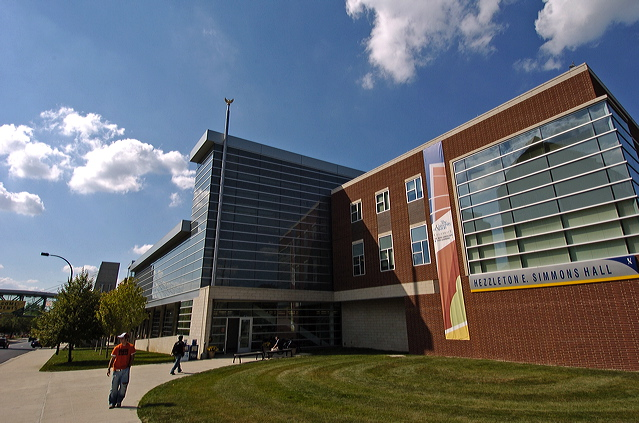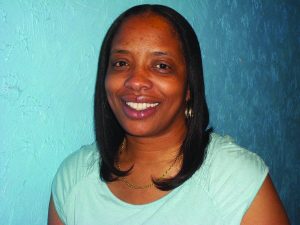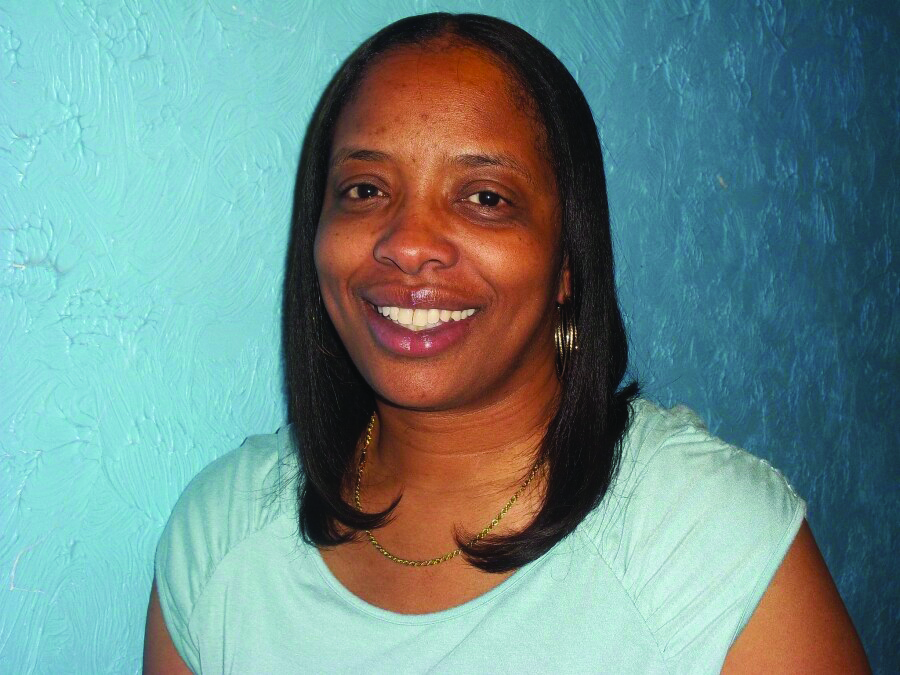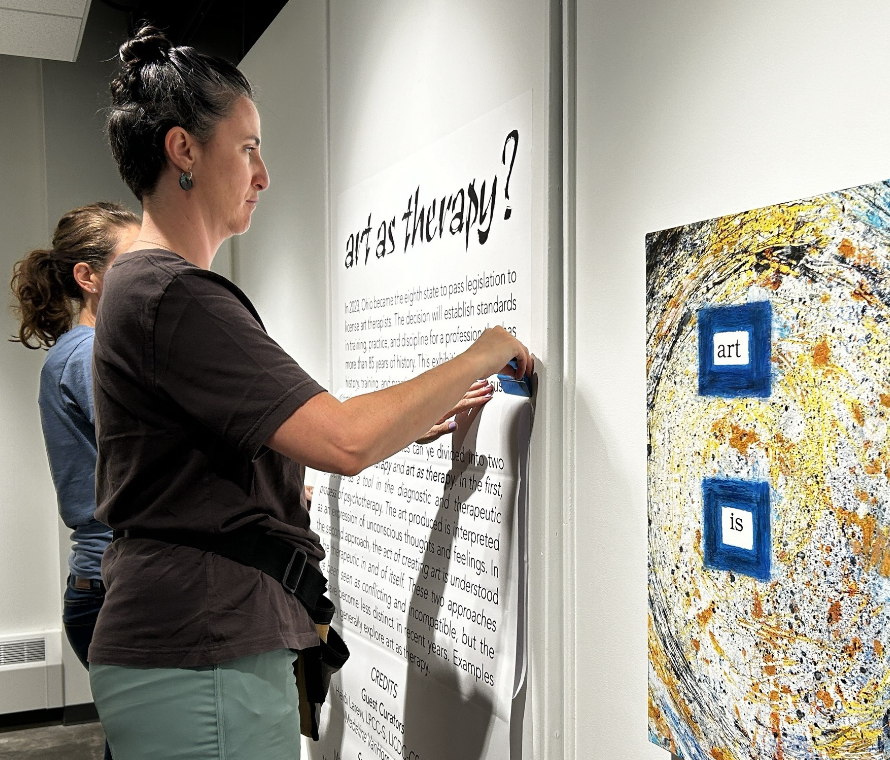Multiple UA Departments Respond to Disabled Student Evacuation Incident
After a social work student, Hannah Laudo, was left in her dorm during a fire alarm, departments at UA respond to help resolve the issue.
(Image via The University of Akron)
The Office of Accessibility is located on the first floor of Simmons Hall.
April 8, 2019
This article is part two of a two-part series. Part two covers the response from different departments at The University of Akron.
Part one covers the incident from the perspective of the student.
After an incident where a University of Akron student with disabilities, Hannah Laudo, was left in her dorm during a fire alarm, the Office of Accessibility and other campus departments have been working on raising awareness about the accommodations they provide.
Members of the Office of Accessibility, such as Associate Director Jessica DeFago and Director Kelly Kulick, said registering with them is the most important step in order for a student to receive any type of accommodations.
Legally, DeFago said that members of the Office of Accessibility cannot self identify students as disabled since it is the responsibility of the student to come to them. However, faculty members and staff can also make referrals for a student if the person discloses their disability.
After registering, students will participate in an intake meeting with a staff member from the Office of Accessibility where an accommodation plan is made, DeFago said.
At the intake meeting, students can discuss evacuation procedures. However, students can’t have that conversation with the office if they aren’t registered.
“Students learn how to self accommodate without going through any channels,” DeFago said. “Sometimes students will come to us two to three years in when they are getting hit with big challenges.”
While Laudo, a senior social work major, said she is registered with the Office of Accessibility, she said she did not receive any evacuation procedures.
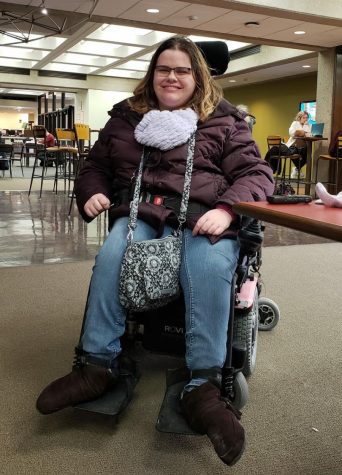
Laudo.
“And even if I did, I don’t remember them since it’s been so long,” Laudo said.
After Laudo’s incident at Spanton Residence Hall, some students said they received a memo outlining evacuation procedures from the Office of Accessibility. However, these protocols are not created by the Office of Accessibility, DeFago said, because they are not the experts in that area.
The procedures on the form are as follows:
- “If the student is on a floor that leads to the outside of the building and they are able to evacuate, they should evacuate on their own.”
- “If the student is unable to get outside, they should make their way to the building’s designated stairwell, call UAPD (330-972-7123) give their exact location, and wait for help.”
- “If the student is unable to navigate to the designated stairwell, they will find the nearest enclosed stairwell and call UAPD immediately, indicate their exact location to the dispatcher, and wait for help.”
- “If the student is unable to evacuate, they will call UAPD immediately and indicate why they cannot evacuate, give their exact location to the dispatcher, and wait for help.”
The number listed on the form, while still connected to the UAPD, is specifically for motor vehicle assistance. However, Eric Green, the director of Occupational and Environmental Safety, said that students should not hesitate to call the direct UAPD number, which is 330-972-2911.
Green said that anytime students feel uncomfortable, they should call 2911 to provide that individual with assistance. Once a student calls UAPD, they should provide them with the information that is most helpful, such as what floor and stairwell the student is on.
Along with evacuation procedures, the Office of Accessibility also provides walk-throughs, with is a free service to students, DeFago said. This allows students to become familiar with the physical landscape of campus and how to locate accessible routes.
The walk-through also helps staff from the Office of Accessibility to be proactive with classroom relocations and other accommodations needed.
All accommodations at the University are up to code with the Americans Disability Act, Green said. Accessibility is built into the University’s one, two, and five-year plans as well, DeFago said.
Although the University is compliant with ADA standards, that doesn’t always solve the problem of accessibility. Sometimes the ADA does not take everything into consideration, Green said, in which the University will take this into consideration.
Meanwhile, The Undergraduate Student Government is working in tandem with the Office of Accessibility to create a committee that will be a safe space for students with disabilities to talk and get their issues, concerns and ideas about how to make campus safer, Nisya Hunter, a USG residence life senator said.
Hunter and the USG Senate had previously met with Kulick, the director to the Office of Accessibility, and said that the Senate was very upset to hear what had happened to Laudo.
“A lot of people voiced their support and wanting to help and not letting this issue just drop,” Hunter said.

